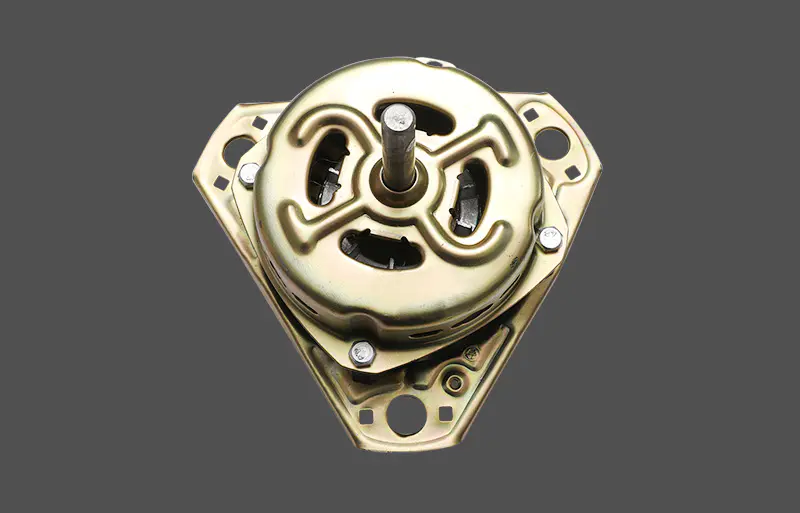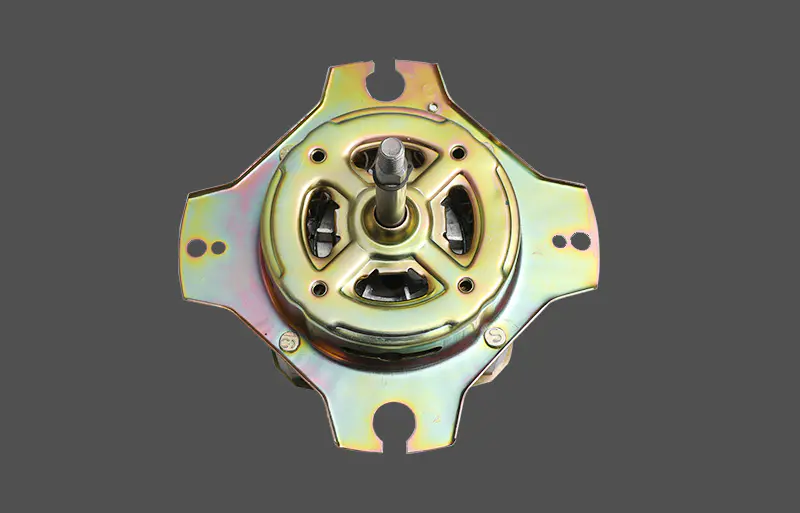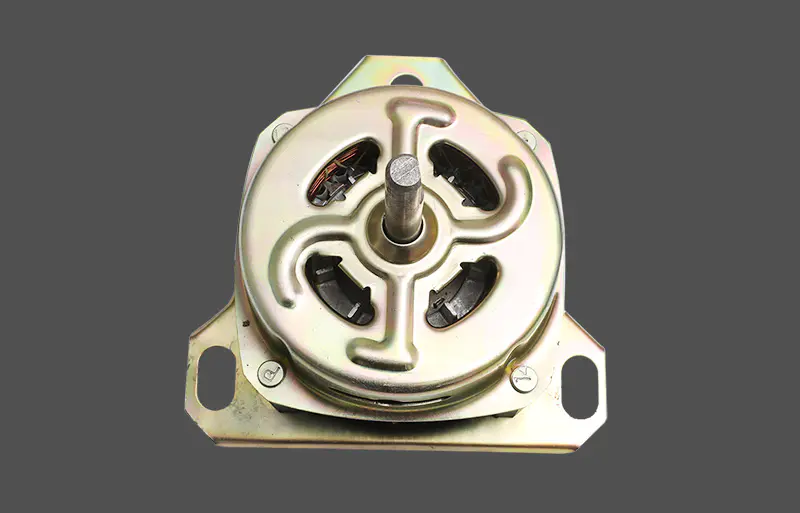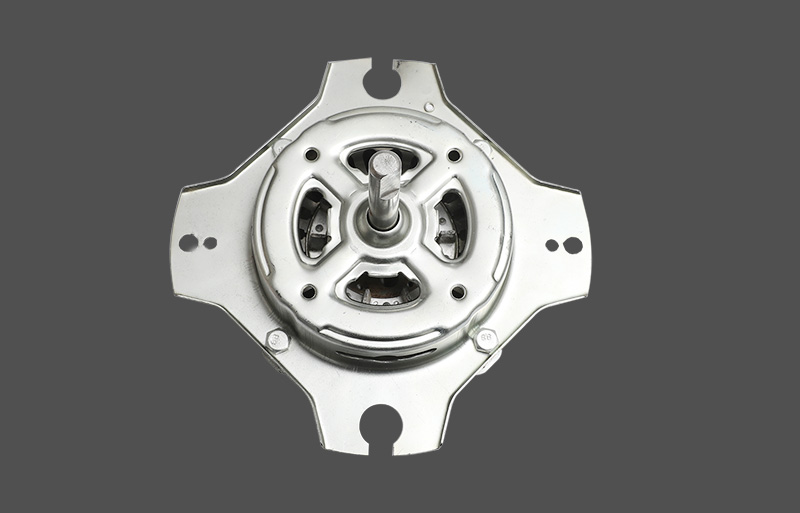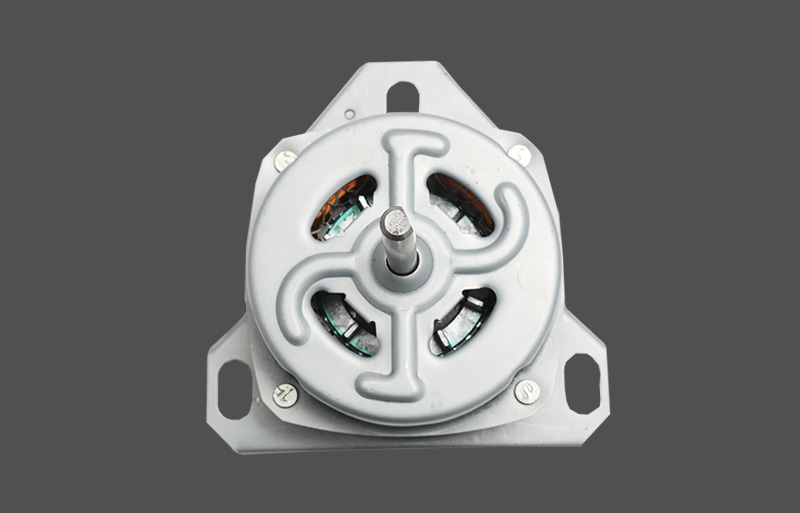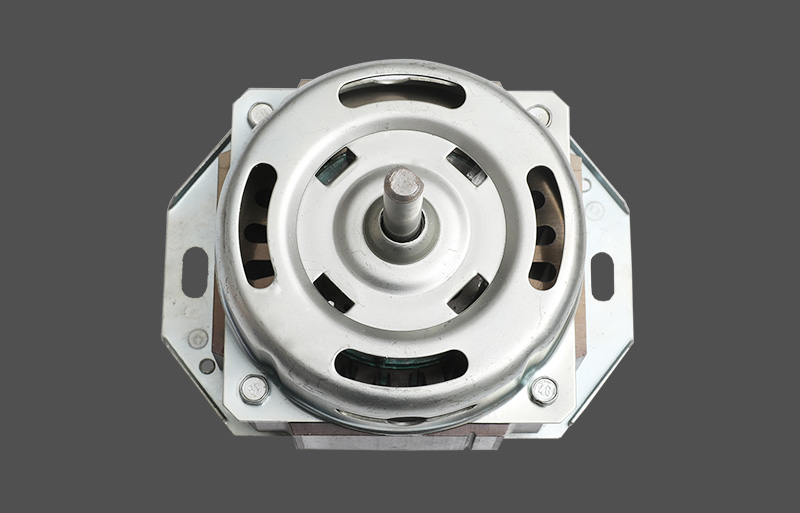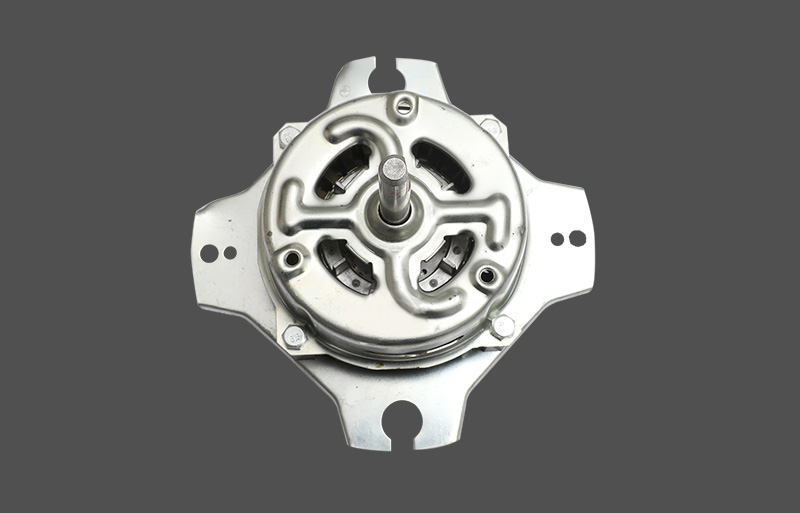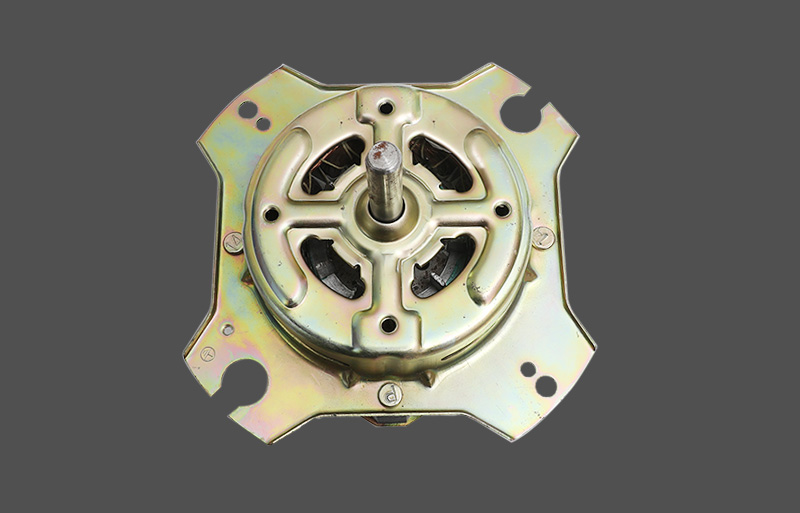1. Two-speed motor speed regulation troubleshooting
1.1 No washing or dehydration
• The motor does not turn. But there is buzz. Focus on overhauling capacitors and motors.
• The motor does not turn. No sound. Maintenance can be performed in the following order: Check whether the motor is open circuited; Check whether the switch and the controller contact in the motor circuit are not connected. Check if the speed plate terminals are loose or dirty. Check if the limiter is blown. The current limiter is a narrower copper foil circuit. After blowing, identify the cause of the current limiter blowout, and then use the lead to communicate. Detection of key components on the speed control board, such as bidirectional thyristors, speed control resistor is open circuit and so on.
1.2 Obvious reduction of the rotational speed The common cause of a significant decrease in the rotational speed is that the capacitor capacity of the motor becomes smaller, the motor winding has a short-circuit fault, and the washing machine has a mechanical failure. The speed control circuit should check whether there is poor contact on the speed setting circuit, and check the connectors. If necessary, try to replace the speed plate.
2. Series motor speed regulation troubleshooting
2.1 Do not dehydrate (can be washed) Select dehydration but not dehydration. When keeping the rotation speed knob in the dehydration position, use a multimeter to measure the two ends of the governor 1 and 2. If it is open circuit, replace the governor; eg normal. Check the connectors, programming contacts and switches on the speed setting circuit and the motor circuit separately.
2.2 After low-speed dehydration, the operation is stopped, and high-speed dehydration cannot be performed. This failure will only occur in the last rinsing procedure for washing. There are two causes of the fault: First, the moving contact 3 in the governor is separated from the carbon film extension or is in poor contact with it, causing the speed setting circuit to fail. In this case, the governor should be replaced. The other reason is that the controller contacts connecting the speed control boards C36 and C34 are not connected. The programmer should be replaced.
2.3 Dehydration can't speed controller is in high-speed dehydration position, clockwise rotation speed 镪, if the speed does not change, it may be a short circuit between the movable contact 3 and fixed contact 4 of the speed potentiometer. Or moving joints can not slide on the carbon film. Use a multimeter to measure the resistance between contacts 3 and 4, and turn the knob accordingly. The resistance value should gradually change from 10kΩ to OΩ. Otherwise, the governor is damaged and the governor should be replaced.
2.4 When dehydration is selected, the dehydration operation is performed. When the dehydration is not selected, the governor switches 1-2 are not turned on. If the contacts 1 and 2 cannot be separated due to a collision or part damage, the dehydration circuit motor is still running although no dehydration is selected. Rotate the speed knob clockwise from the initial position of the governor by one angle and return it counterclockwise. At this time, in the initial position of the governor, if the multimeter is used to measure the contact between the contacts 1 and 2, it can be judged that the governor is damaged.




